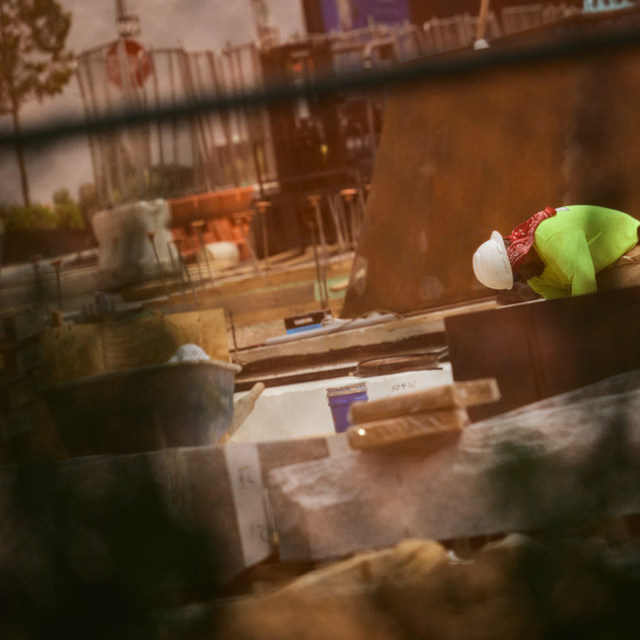Niche Materials With Shot of AI Saves Central Coast California Project 50% on Costs

Niche materials procurement is the latest construction task that is being made easier and more cost-effective through the use of artificial intelligence (AI) — with one developer seeing benefits for a project in the Central Coast of California.
Companies are realizing dramatic cost savings on hard-to-find products, which can sometimes see their prices increase due to tariffs.
The process is being used to improve the dreaded “value engineering” process during development that squares up rising costs against the original budget. Contractors say their goal is to enhance the value of a project by examining the function of each item or element and its associated costs.
Maverick Development recently struggled to source specific luxury tiles during its construction phase for a Kimpton Hotel in Monterrey, Calif. But its general contractors worked with the owners to choose a Japanese shower wall tile early in the project. However, from the time it was selected, it became increasingly more expensive and difficult to find.
The project’s owners requested that the general contractor select an alternative. Undeterred, Maverick opted to use FlumeAI, a two-year-old start-up sourcing platform that connects buyers to a global network of vetted suppliers for building materials.
After the tile’s specs were uploaded to the platform, Maverick sourced the same tile for nearly half the initial cost. The tile cost $4.10 a square foot instead of $8.10, resulting in $45,000 in savings. The tile was delivered ahead of the installation schedule.
Maverick also needed a Belgian bluestone for the lobby tile – costing $40 a square foot, which was way above budget.
FlumeAI obtained a few samples and shared them with the general contractors and owners, who happily accepted them for $18.20 per square foot for the 100-key, four-story, ground-up new building five minutes from Lovers Park.
“This is the usual back-and-forth that goes on between owners and general contractors,” Brett Keeler, founder of Maverick Development, told GlobeSt.com.
“The budget eventually becomes reality market pricing. But with a four- or five-star brand such as Kimpton and the like, the quality of the product is crucial.”
Keeler said when he showed the price to the owners, they said, “There’s no way. That’s too good to be true. When you look at cutting budgets for projects like this, it’s all about the labor and the materials costs.”
“We’re just trying to flip the script so developers can keep the design vision without value-engineering,” added Alex Seyfert, CEO of San Francisco-based FlumeAI.
Along with a recent surge in price increases, Seyfert is concerned about the new wild card: tariffs.
“For multi-family and hospitality projects in particular, we’ve seen some significant price increases of the past few years, across the board, and now tariff policies are adding uncertainty,” Seyfert said.
Most recently, new 50% tariffs on furniture, cabinets, and vanities will further increase prices.
“Over the last two years alone, kitchen cabinets, flooring, windows, and doors experienced double-digit increases of 20% to 30%, compounding the substantial price hikes that already occurred during the COVID pandemic.
“Plumbing fixtures rose by roughly 30%, and select FF&E items, such as furniture, saw price jumps of up to 100%. This trend is expected to accelerate as tariff impacts ripple through the supply chain.”
Source: GlobeSt/ALM